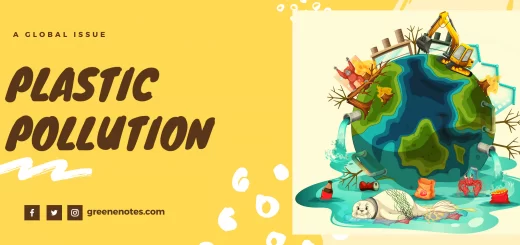Montreal Protocol: A Drawback Behind the Success

The world’s most influential Montreal Protocol was adopted on 15 September 1987 on the ozone-depleting substances (ODS) to protect the stratospheric ozone layer. The importance of the ozone layer is boundless which protects humans and the environment from the detrimental effects of ultraviolet radiation coming from the sun.
Hydrochlorofluorocarbons (HCFCs) are the ozone-depleting gases as well as powerful greenhouse gases (GHG) used widely in refrigerators, air conditioners, and foam applications. All these are nearly 2000 times more global warming potential (GWP) than carbon dioxide. Consequently, developed countries started to phase out HCFCs in 2007 and developing countries in 2013. Now, HCFCs are phased out and the earth’s ozone layer is predicted to recover by the mid of this century.
The Montreal Protocol also has a positive impact to achieve sustainable development goals (SDGs). It is estimated that the success of the Montreal Protocol is protecting about 2 million people from skin cancer by 2030. Besides, from 1990 to 2010, the treaty makes it possible to reduce GHG emissions by the equivalent of 135 gigatons of CO2, the equivalent of 11 gigatons per year.
Hydrofluorocarbons (HFCs), an alternative to chlorofluorocarbons (CFCs) Hydrochlorofluorocarbons (HCFCs) are now widely used in air conditioners, refrigerators, aerosols, foams, and other products. Although these chemicals do not have any negative impacts on our ozone layer. But, some of the HFC has high levels of global warming potentials (GWP) ranging from 12 to 14,000. Presently, HFC emissions are rising at a rate of 8% and by 2050 global CO2 emissions can rise to (7-19)% from the use of HFC. Consequently, professionals estimating global temperature can rise at or below 2°C this century.
It is true that Montreal Protocol is one of the most successful environmental agreements and is considered an inspiring example. However, while phasing out ODS steps were taken mostly on producing and using HFCs. Now this solution has thrown a challenge on our climate system.
Though another agreement is known as the Kigali Amendment was adopted by the parties of the Montreal protocol at their 26th meeting on 15 October 2016 in Kigali, Rwanda to phase down HFCs. It is estimated that the full phase down will be within 2047.

Nevertheless, developed countries started to implement their actions in 2019 and some developing countries will follow with a freeze of HFCs consumption level in 2024 and some countries will 2028.
Developed countries can take action easily and immediately. But developing countries who are not the producer and dependent on imports of ODS, HFCs face difficulties mostly and they need financial support from developed countries as well.
However, the actions under the Kigali Agreement are projected to prevent emissions up to 105 million tonnes of carbon dioxide equivalent of greenhouse gases, which will help to avoid the rise of global temperature up to 0.5 degree Celsius by 2100.






